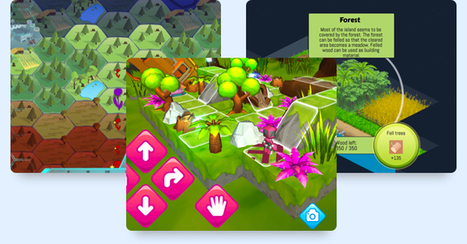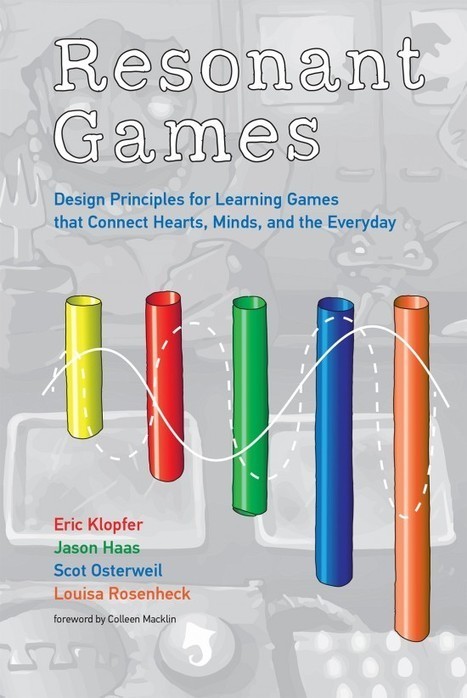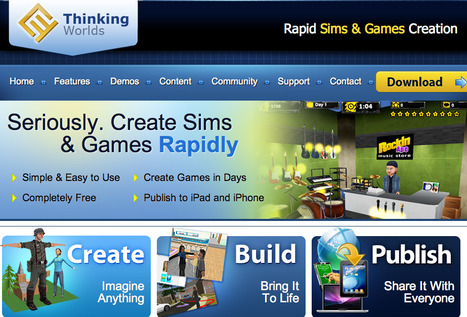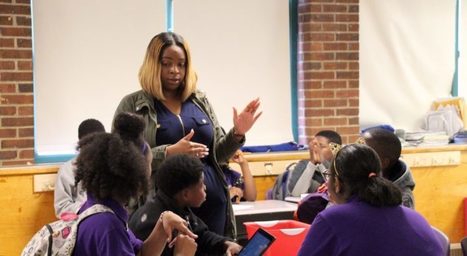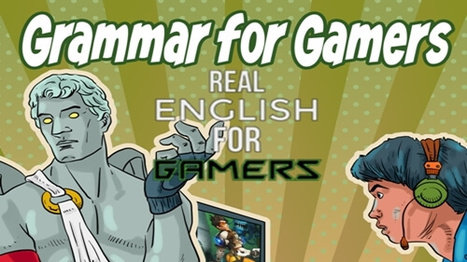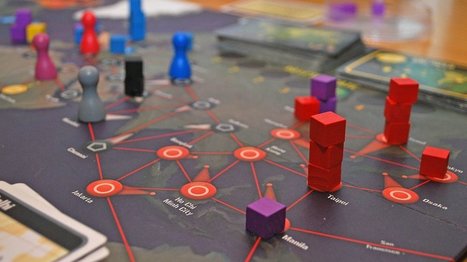Games students love, supercharged for school with lesson plans and learning analytics!
Research and publish the best content.
Get Started for FREE
Sign up with Facebook Sign up with X
I don't have a Facebook or a X account
Already have an account: Login
Avatars, Virtual Worlds, AR, VR, AI, Gamification, Robots,
Curated by
Ana Cristina Pratas
 Your new post is loading... Your new post is loading...
 Your new post is loading... Your new post is loading...
|
Carlos Sánchez's comment,
December 3, 2023 2:14 PM
It is important to find this type of educators, because they are fundamental for establishing the game-based learning movement. In my opinion, it is essential to train educators by experts in the field of gamification.
|




